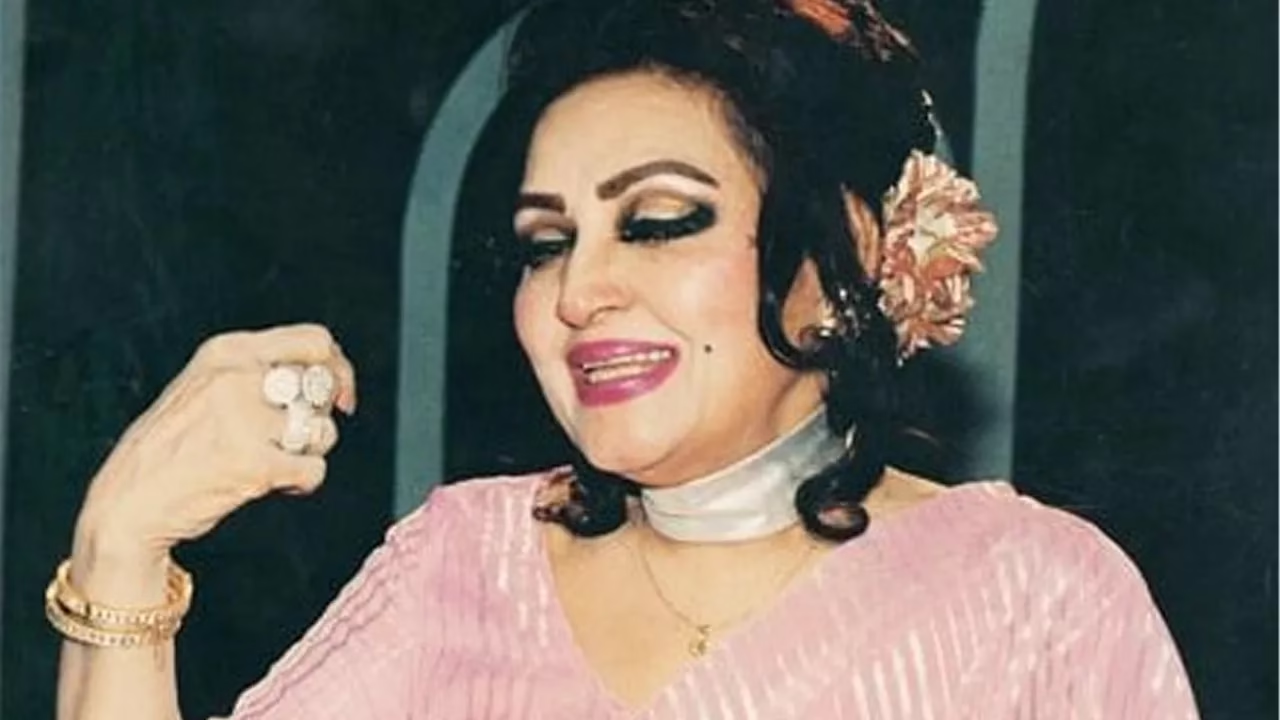The Queen of Tones Madam Noor Jahan remains one of the most iconic figures in South Asian music and cinema. Born as Allah Wasai on September 21, 1926, in Kasur, she went on to become a legend whose songs continue to live in the hearts of millions. Her unmatched contribution to music, acting, and playback singing made her not just a singer, but a cultural institution of Pakistan.
Early Life of the Queen of Tones Madam Noor Jahan
The journey of the Queen of Tones Madam Noor Jahan began in 1935 when she appeared as a child star in the film Pind Di Kadri. With her natural charm and melodious voice, she quickly gained recognition. Soon after, she showcased her acting skills in famous films such as Anmol Ghadi, Heer Sial, and Sassi Pannu.
In 1941, her career reached a turning point when renowned composer Ghulam Haider introduced her as a playback singer in the film Khazanchi. That same year, her role in the movie Khandan brought her into the limelight, proving to be a significant milestone that established her as a rising star in the Indian subcontinent’s film industry.
Transition to Pakistan’s Film Industry
After the independence of Pakistan in 1947, the Queen of Tones Madam Noor Jahan shifted her career to Lollywood. Her first Pakistani film was Chan Wey (1951), which she also directed, marking her entry into Pakistan’s cinema with a powerful presence. However, she later decided to retire from acting and dedicated her life entirely to singing. This decision allowed her to focus on what she was truly passionate about—music.
Musical Legacy of the Queen of Tones Madam Noor Jahan
The Queen of Tones Madam Noor Jahan was not just a singer but a powerhouse of expression. Her ability to convey emotions through her songs was unparalleled. She recorded songs for 995 films, an extraordinary achievement that remains unmatched in the region.
Her contribution goes beyond film songs. Madam Noor Jahan also sang ghazals, patriotic anthems, and poetry renditions that touched the hearts of millions. According to records, she performed more than 10,000 songs, including renditions of Allama Iqbal’s poetry, which added a new depth to Pakistan’s cultural identity.
Patriotism in the Voice of the Queen of Tones Madam Noor Jahan
One of the most memorable phases of her career came during the 1965 war between Pakistan and India. The Queen of Tones Madam Noor Jahan used her voice to inspire the armed forces and the nation through patriotic songs such as “Ae Watan Ke Sajeelay Jawano” and “Aye Puttar Hattan Te Nahi Wikday.” These songs became symbols of courage, unity, and resilience. Even today, they are remembered as the soul of Pakistan’s patriotic music.
Awards and Recognition
The Queen of Tones Madam Noor Jahan was recognized at the highest levels for her contributions to music and art. She was awarded the Presidential Medal of Merit and later the prestigious Nishan-e-Imtiaz, one of Pakistan’s highest civilian awards. These honors highlight her immense role in shaping the cultural and artistic identity of the country.
Her fame was not limited to Pakistan. Across South Asia, from India to Bangladesh, she was celebrated as the “Malika-e-Tarannum” (Queen of Melody). Her voice transcended borders and generations, ensuring her a permanent place in the global history of music.
Influence on Future Generations
The Queen of Tones Madam Noor Jahan continues to influence new generations of artists. Many contemporary singers and musicians still look up to her style, her vocal control, and her ability to blend classical traditions with modern trends. Her songs remain a staple in music academies and a source of inspiration for anyone who aspires to pursue singing as a career.
A Timeless Legacy
More than two decades after her passing in 2000, the Queen of Tones Madam Noor Jahan continues to live through her songs. From ghazals to film tracks, from love ballads to patriotic anthems, her voice remains immortal. Few artists in history have been able to touch such a wide spectrum of emotions and genres while maintaining authenticity and brilliance.
Her life story is not just about music but about resilience, passion, and dedication. She rose from humble beginnings in Kasur to become a household name in South Asia, proving that true talent knows no boundaries.
The Queen of Tones Madam Noor Jahan was more than just a singer—she was a cultural icon, a source of inspiration, and a voice that united generations. Her remarkable journey from child star to the most celebrated singer of Pakistan reflects her dedication and love for the arts. As Pakistan’s Malika-e-Tarannum,her songs will forever remain a shining part of the nation’s cultural heritage.



